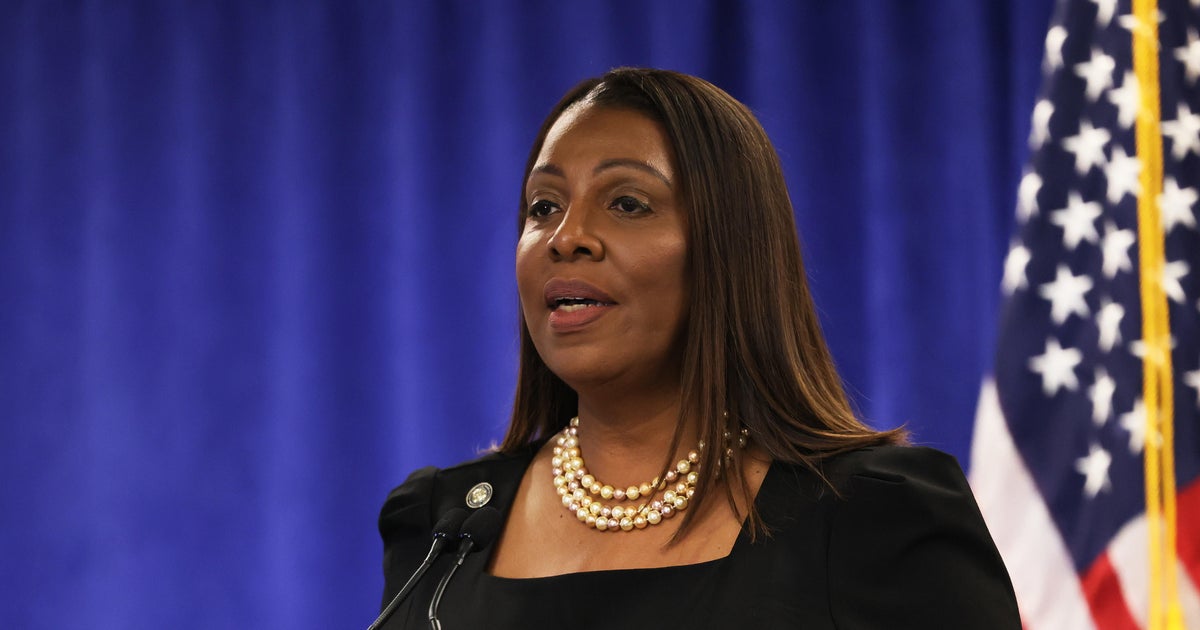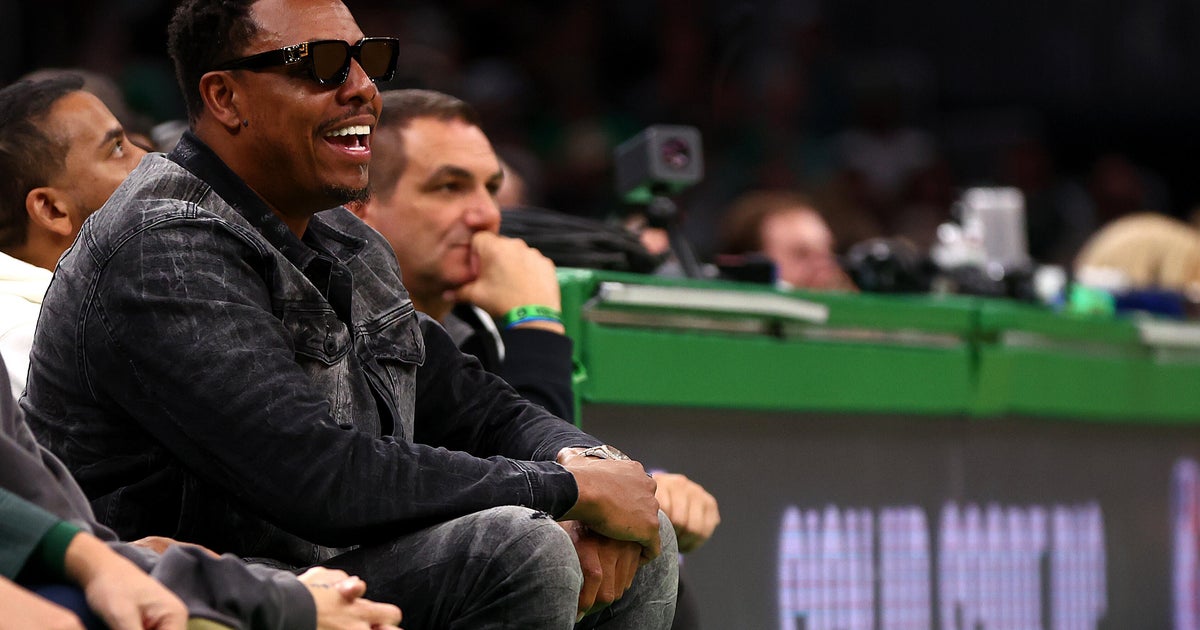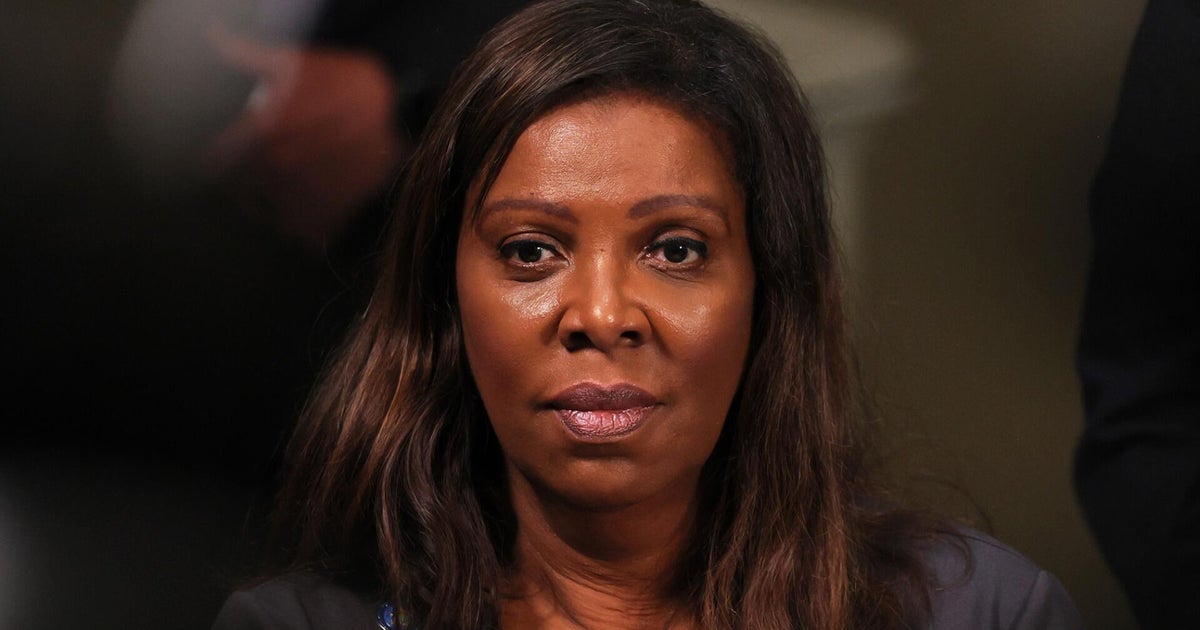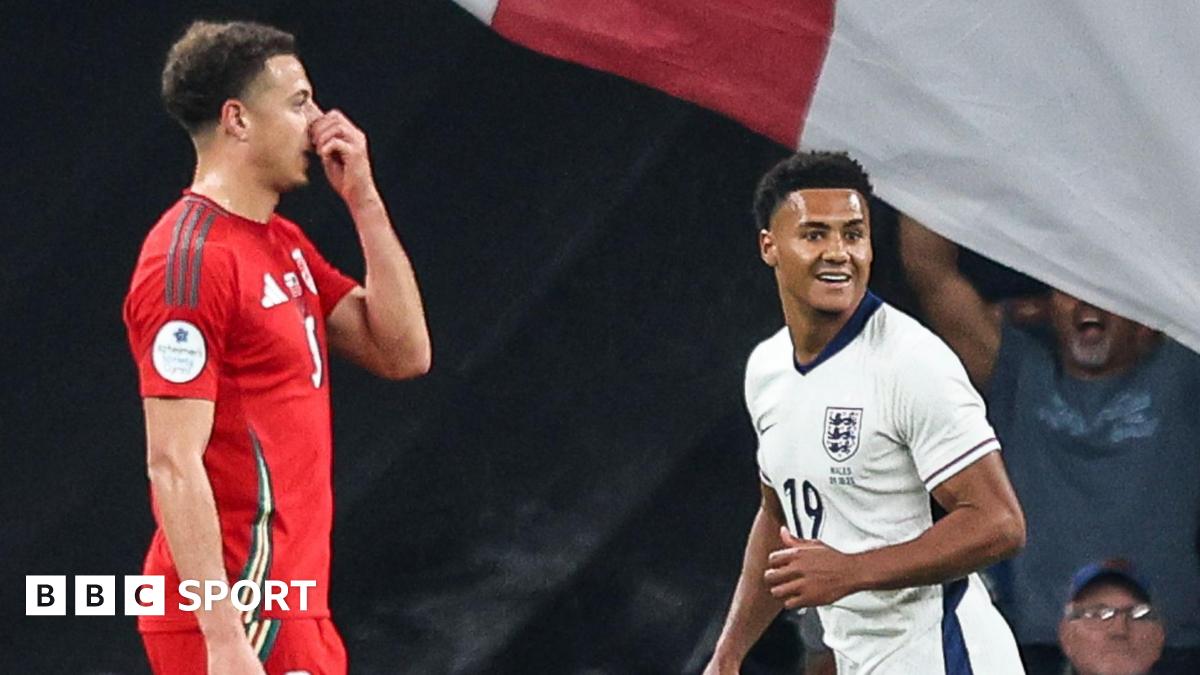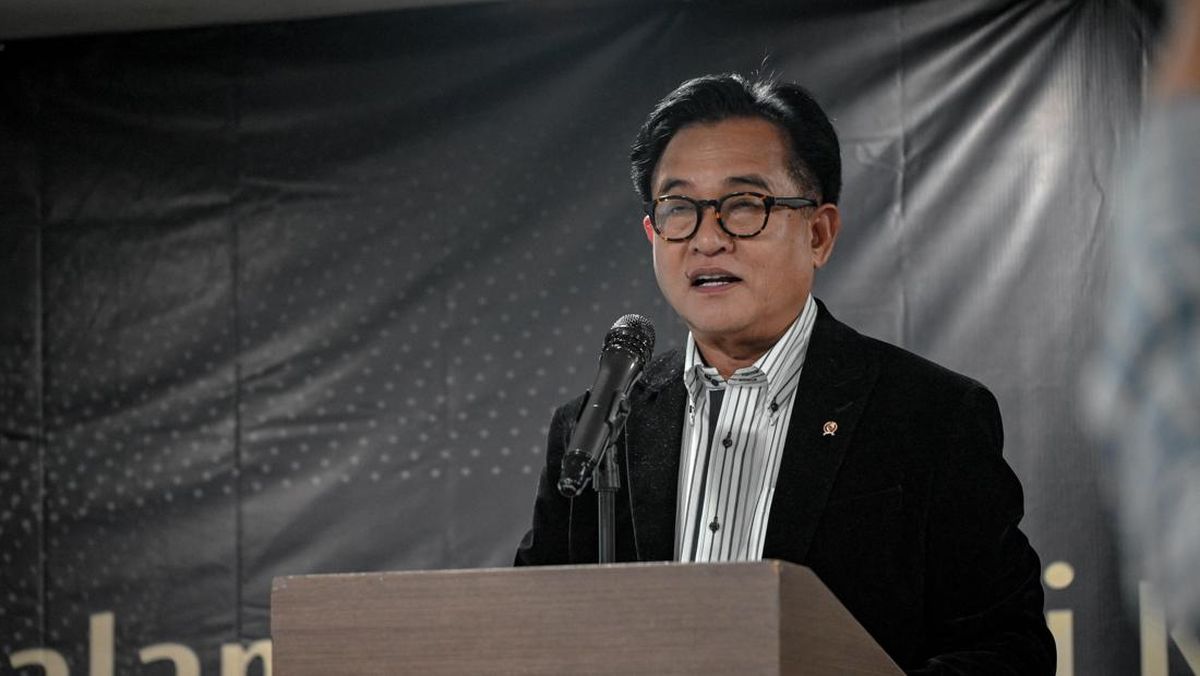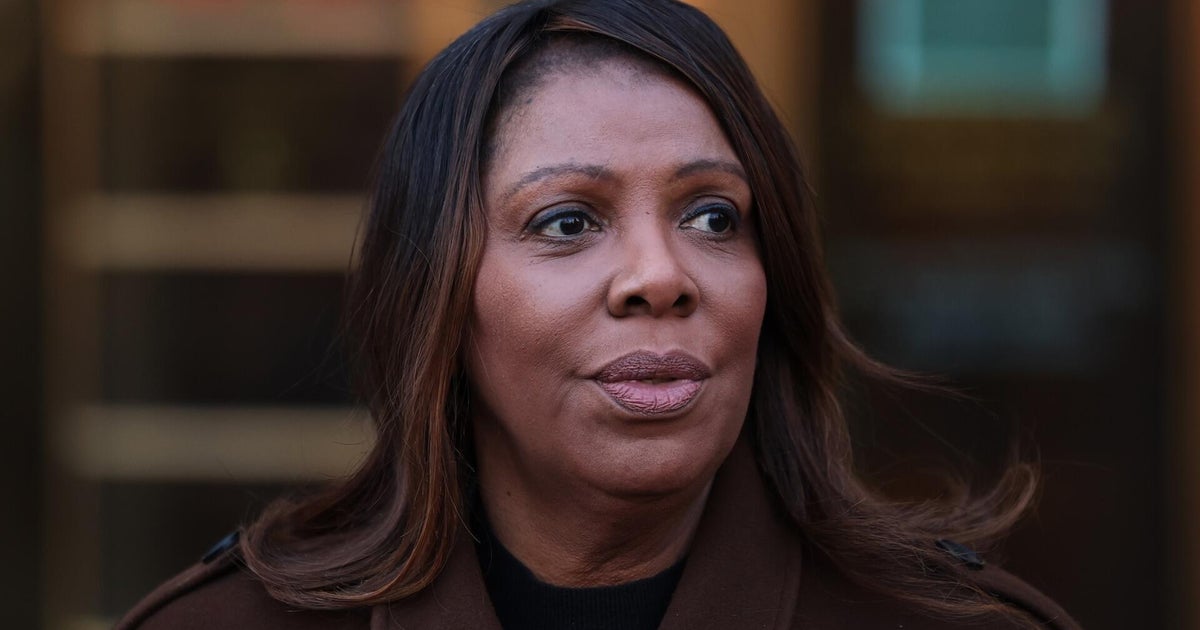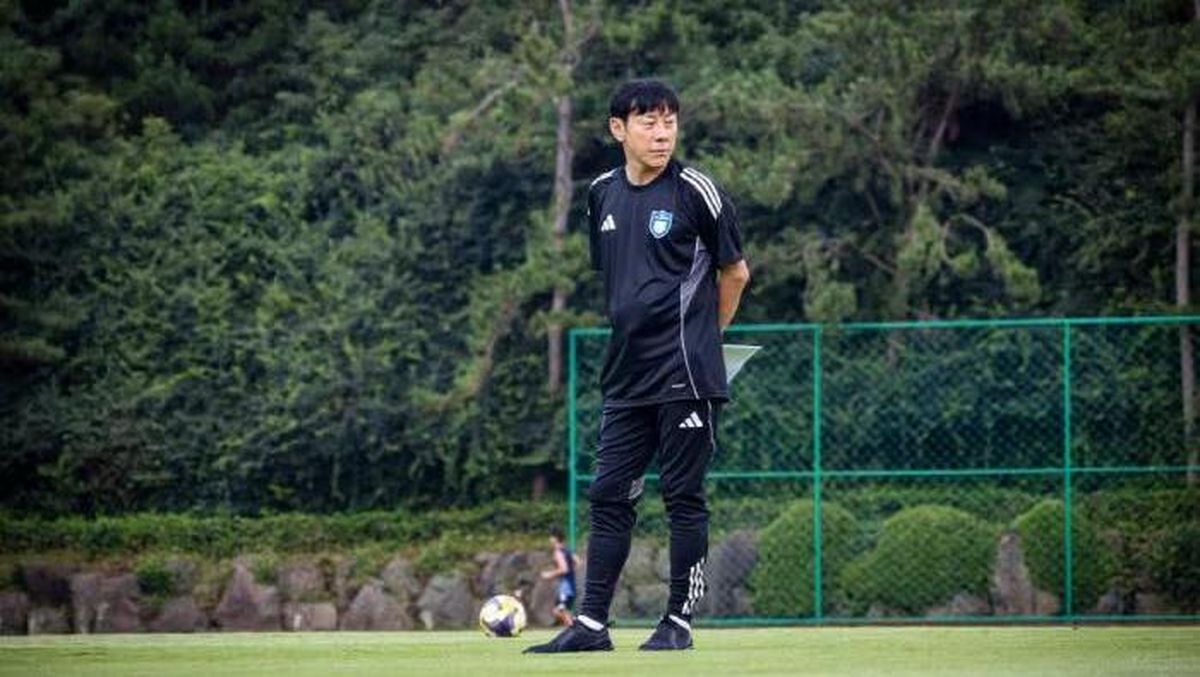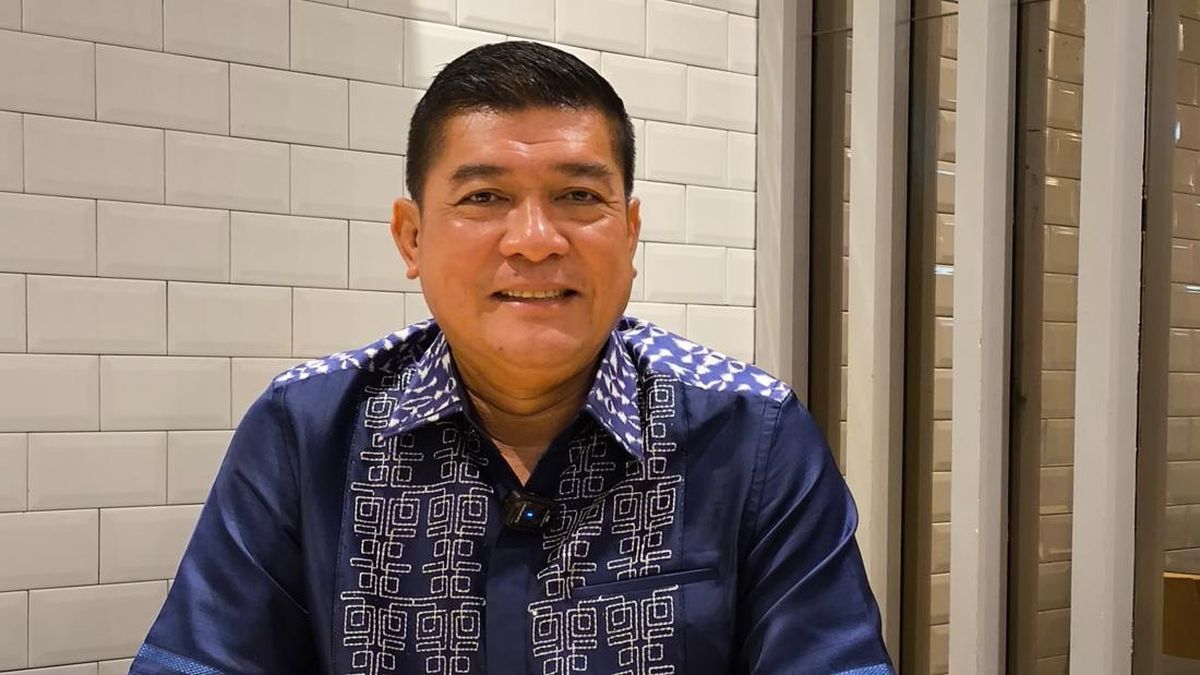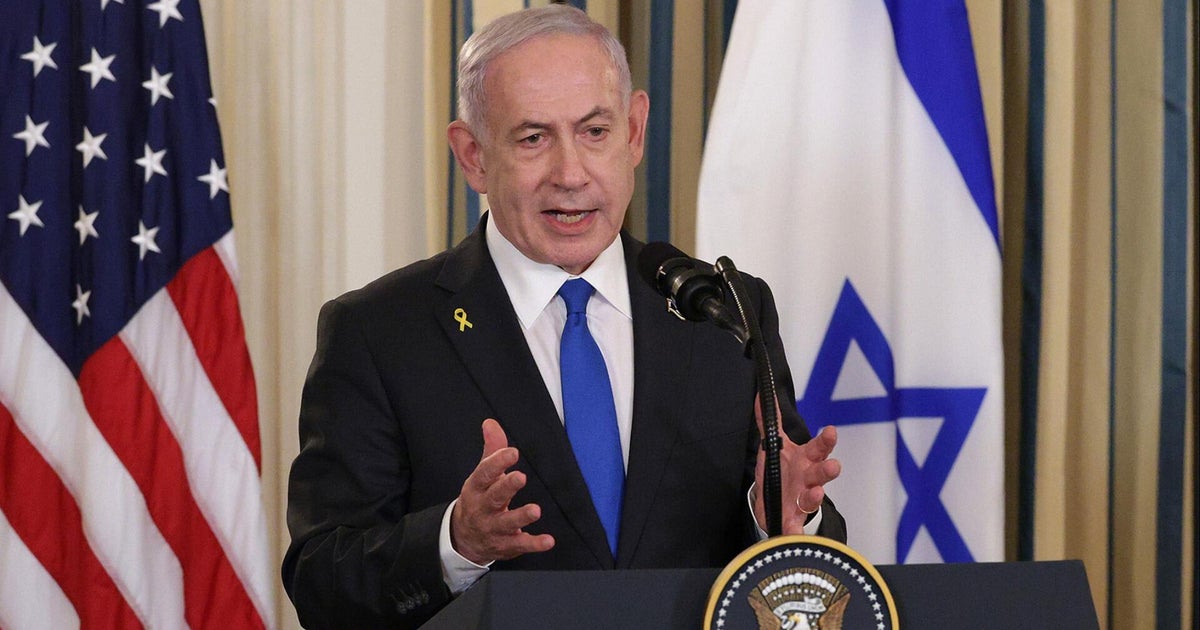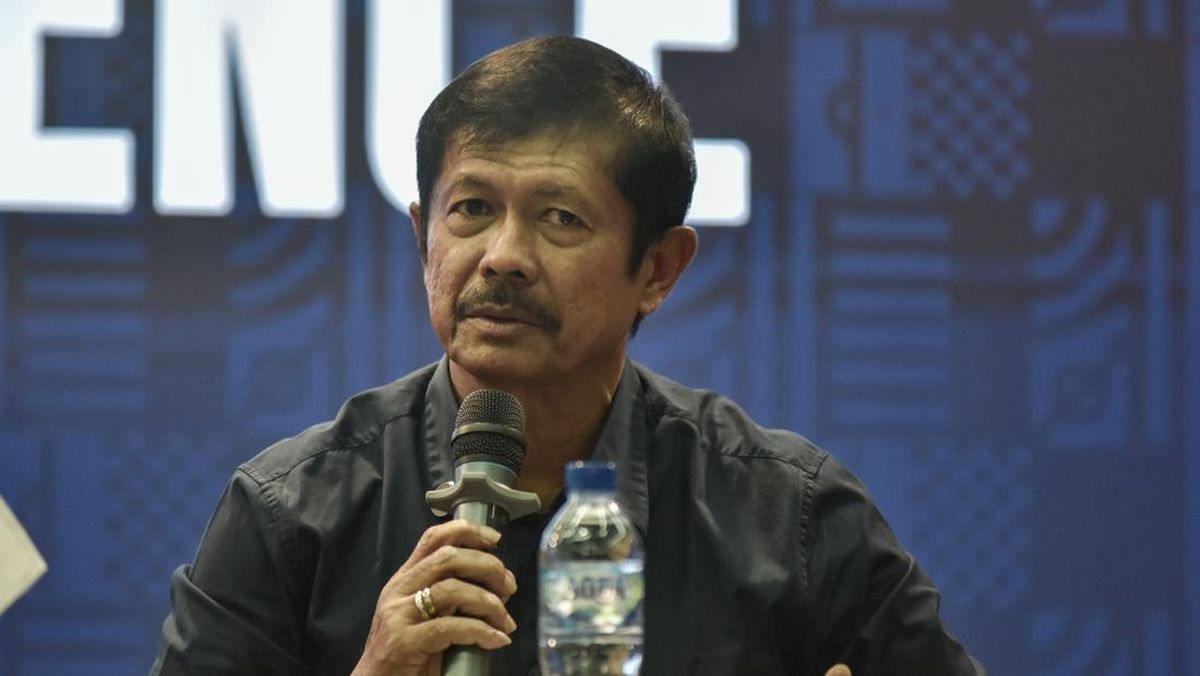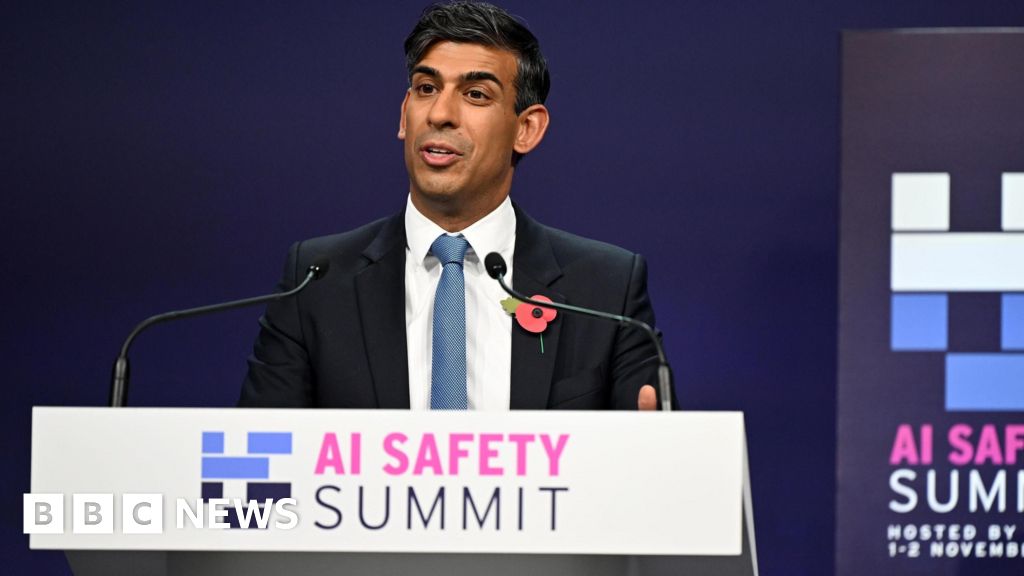The transition from club football has not been easy for Joe Montemurro.
In June, the Australian left his latest high-profile European job managing Lyon (to another Première Ligue title in his first season) and moved back to Melbourne for the first time since 2017 to coach his first national team.
The Matildas job was the dream, which is why he departed France mid-contract, but he still admits the lack of daily contact with players and routine of weekly games has been a major adjustment.
“I’ve been invited for so many coffees during the day it’s ridiculous – everyone thinks I’ve got nothing to do, and they’ve got to have a coffee with me,” Montemurro said. “The biggest danger is I’ve got too much time to think. It’s really dangerous because a lot of thoughts go through your head.
“I’m going to be honest with you, it hasn’t been easy because that day to day, and making those decisions and that connection with players – and just the grind – is what we do it for.”
Four months in, however, his days are full “looking at the bigger picture”.
“I said to myself that taking the role wouldn’t be just coaching a high-performance team in the Matildas,” he said. “It would be really looking at how we can make Australian football better in the women’s space.”
That Montemurro spends almost a full hour outlining his big-picture vision and still clearly has more to say (“I’m passionate and I go off on a tangent”), reveals a key difference between the current Matildas coach and his predecessor. If Tony Gustavsson was criticised for spending too little time in Australia and focusing too little on the health of the local game, then Montemurro is the anti-TG.

Joe Montemurro wants to find ways to fix Australian women’s football.Credit: Getty Images
Gustavsson, for all we know, could be thinking bigger picture in Sweden, having just taken charge of his native women’s national team. But for women’s football here, this Australian’s homecoming has so far been a breath of fresh air.
Montemurro returns from almost eight years of successful stints with Arsenal, Juventus and Lyon with a layer of experience aiding his quest “to look at all areas where we could make sure that the Matildas are sustainable for the next 10, 15, 20 years”.
Those areas are comprehensive and include building depth through a formal talent identification and development pathway “because it seemed to be a little bit – I wouldn’t say all over the place – it just seemed to be a little bit ad hoc from that perspective”.
Then comes identifying gaps in that pathway and bridging them, from younger girls all the way up to under-23s, during which time talent needs a high-performance environment to thrive.

Joe Montemurro is thinking bigger picture.Credit: Steven Siewert
“I think we just need to do more generally,” he said. “We need to play more, we need to coach more, we need to get players exposed to more high-performance international football and international games and high-performance situations. That’s also the responsibility of us as coaches and the program.”
Then there’s the big one: rejuvenating the A-League Women – a thriving domestic league a decade ago when he coached Melbourne City to back-to-back titles, which is now struggling financially and has a yawning off-season the NWSL used to fill.
“We have to be the best at what we can do,” he said. “And that’s what I think we’re not doing. We’re just sort of saying, ‘Oh, the A-League clubs haven’t got money, they haven’t got this, they haven’t got that. Oh, we’re just going to sit in that space’. But that doesn’t excuse better training, better spectacles, better games, high-quality football. That has to be our starting point.”
“I’m waiting for when all the A-League Women’s teams have full-time academies.”
Joe MontemurroMontemurro is “thinking outside the box”, and suggests a model similar to Lyon, whose women’s team is under separate ownership to the men’s team.
“It’s an interesting one because it’s happening in Europe a lot – the separation of the clubs – from the A-League Men’s to the A-League Women’s and an investment just in the A-League Women’s,” he said. “I’ve come from a club where we have an amazing lady [owner Michele Kang.] that’s separated OL [Olympique Lyon], a traditional club, from the men’s, and it’s a standalone women’s team.
“So is there a restructure piece that needs to be looked at which will allow the clubs to ascertain their own commercial value, to ascertain their own commercial gain? Part of the problem is the dilution of the men’s club into the women’s team and vice versa. They’re trying to both survive that.
“The club models have to make sure they are training high-performance female athletes. I’ll say this with a little bit of ego: when we formed Melbourne City, from day one we made sure we weren’t getting a physio from the academy crossing over – it was a dedicated physio. I made sure we had a doctor, high-performance staff dedicated to the team. I shouldn’t even be discussing these things. It should be normal. Normal things.”
Montemurro cited Arsenal’s very separate fan bases as an example.
“I was speaking with a couple of the marketing guys a while back – about three, four months ago – 70 per cent of Arsenal Women’s supporters had never gone to see a male football match, nor do they really follow the male team,” he said.
Loading
“That to me says that there is a specific supporter base that follows women’s football. What’s wrong with having a Sydney FC Women’s supporter that’s not really interested in the men’s? I think there’s a market there, but I think you have to create the identity for someone to support that group.
“The second thing is really focus on their development academies. I’m waiting for when all the A-League Women’s teams have full-time academies … all of a sudden, you’re now starting to produce that bank of players, and not just high-performance footballers, but the support staff around it: the team managers, assistant coaches, analysts. You’re starting to really formulate a women’s football industry.”
Most Viewed in Sport
Loading


